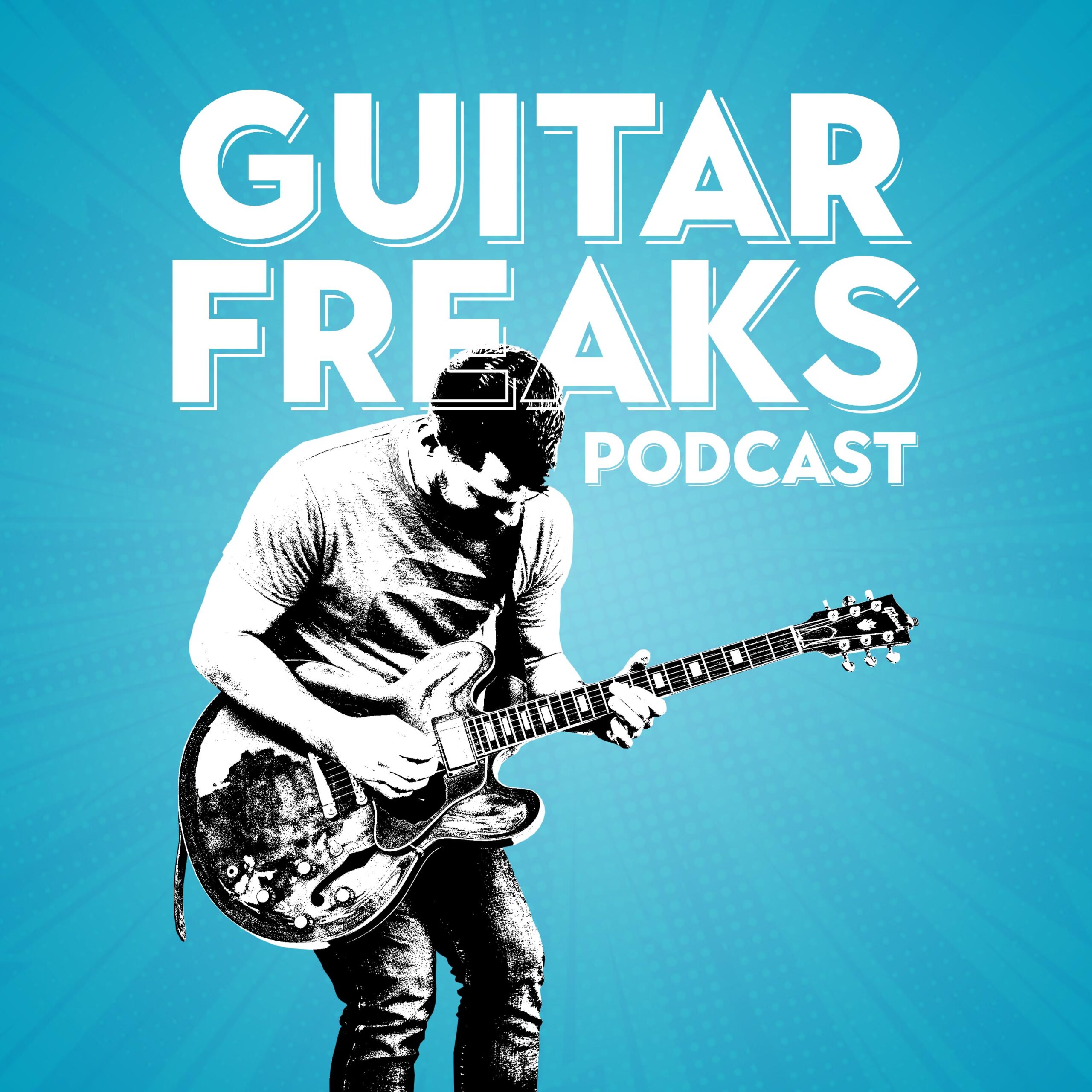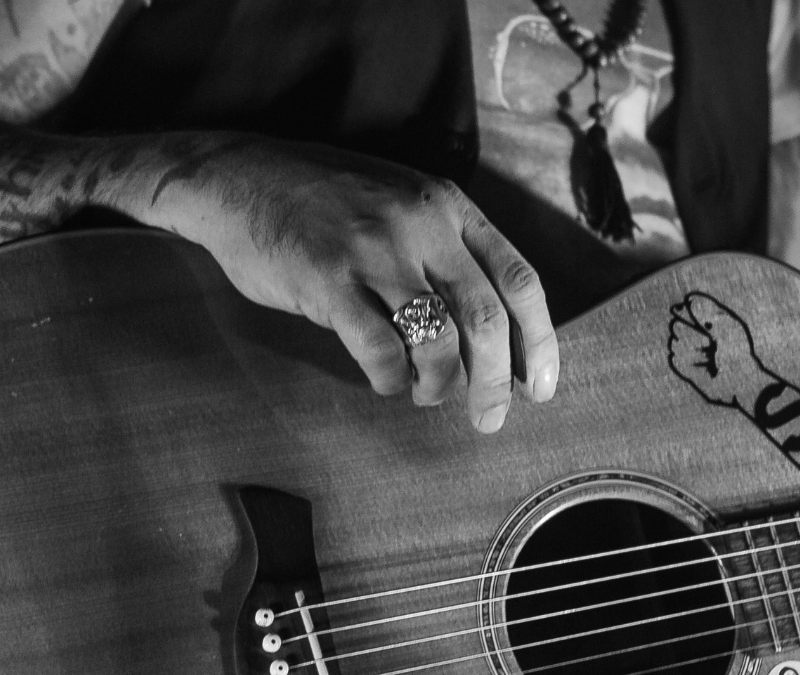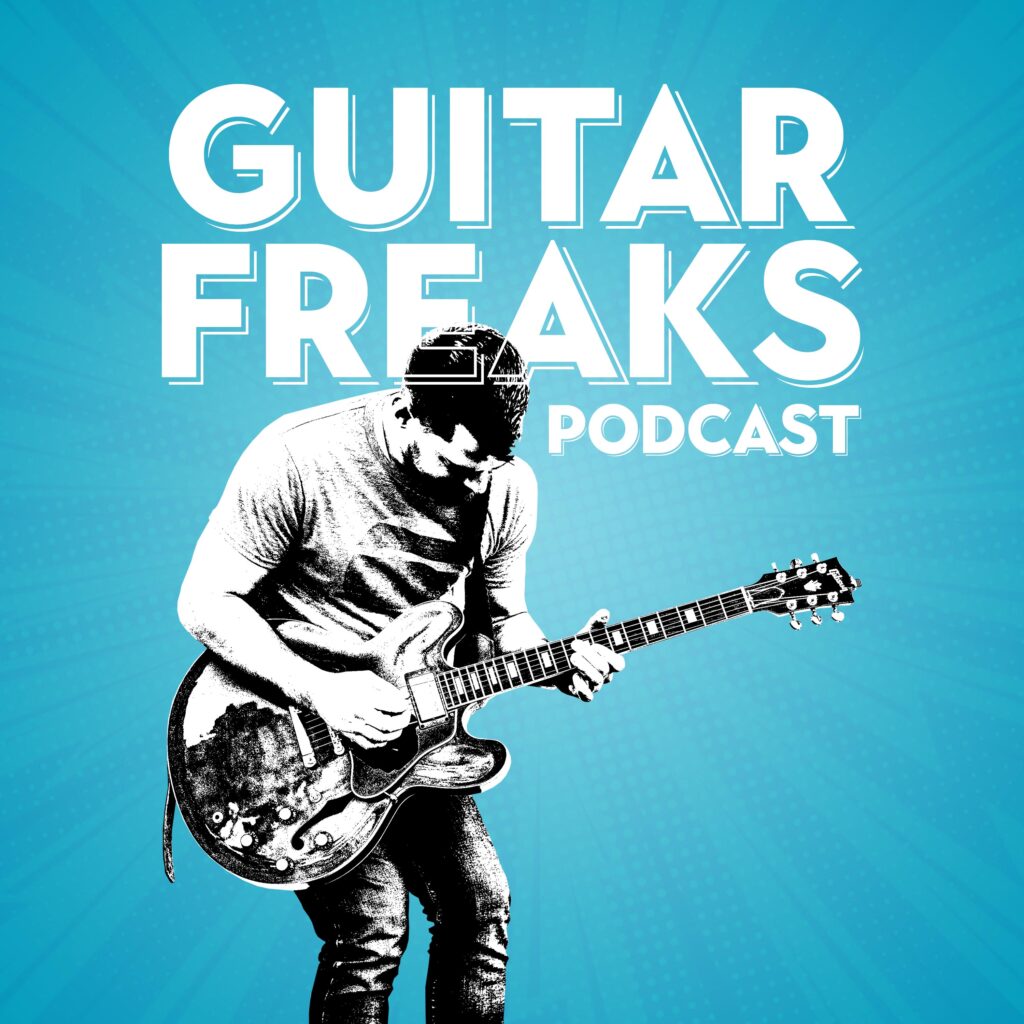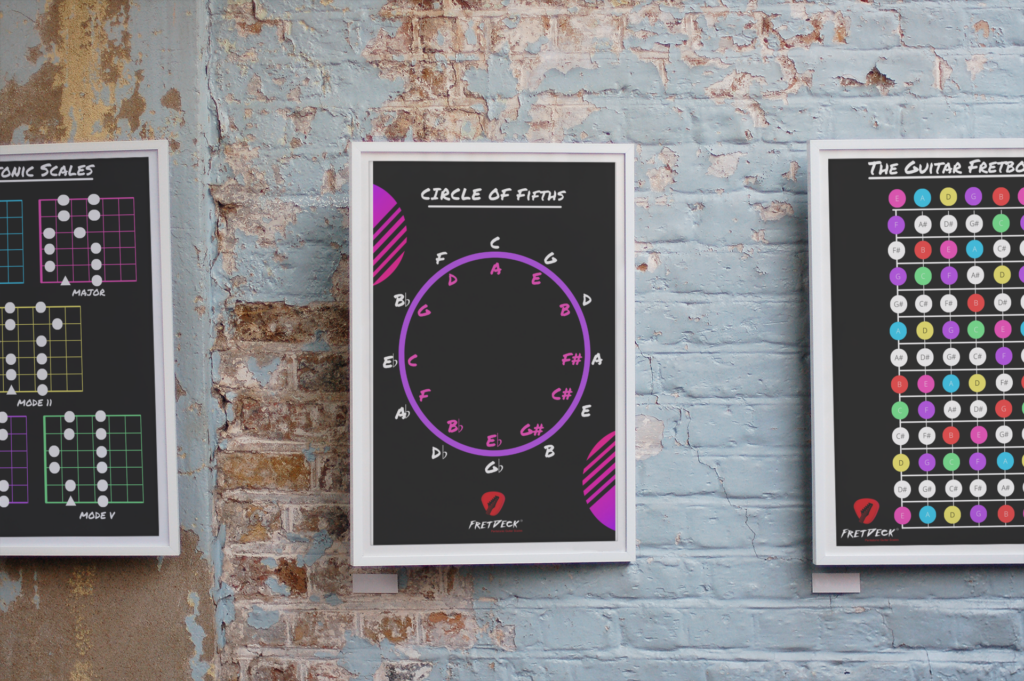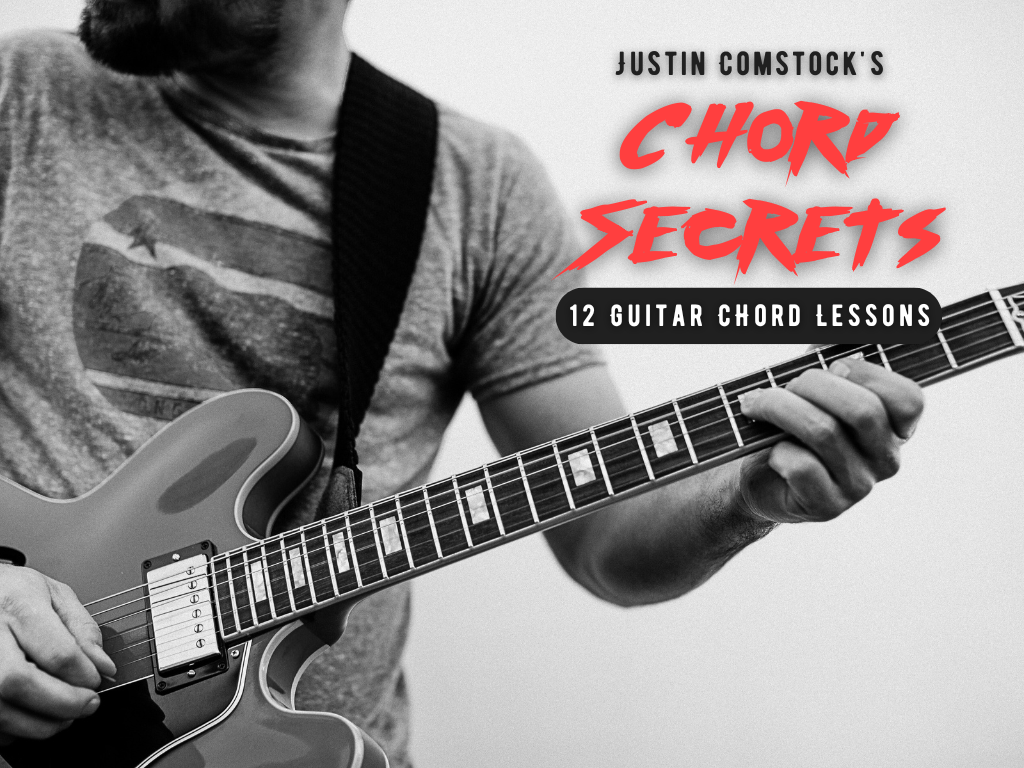When people think of iconic guitarists, they often picture blazing solos or intricate fingerpicking, but here’s the truth: none of that matters without solid rhythm guitar practice. Rhythm guitar is the foundation of every great song—the steady heartbeat that makes the whole track work.
Whether you’re strumming along to acoustic ballads or locking into tight grooves in a band, rhythm guitar practice is your gateway to becoming a complete player. In this guide, we’ll cover warm-up exercises, strumming techniques, timing tips, and strategies to make your rhythm rock-solid.
Why Rhythm Guitar Practice is the Unsung Hero of Music
Great rhythm guitarists aren’t just playing chords; they’re driving the energy of the music. Think about your favorite songs. Chances are, the part that gets your foot tapping or your head nodding isn’t a solo—it’s the groove.
Here’s why rhythm matters so much:
- It sets the foundation. You’re creating the pulse that keeps everything together.
- It adds depth. Dynamics, strumming variations, and accents bring emotion and movement to a song.
- It defines genres. Funk, reggae, punk, and blues all depend on rhythm to create their signature sound.
Skipping rhythm guitar practice is like skipping the foundation when building a house—it might look fine for a moment, but it won’t hold up in the long run.
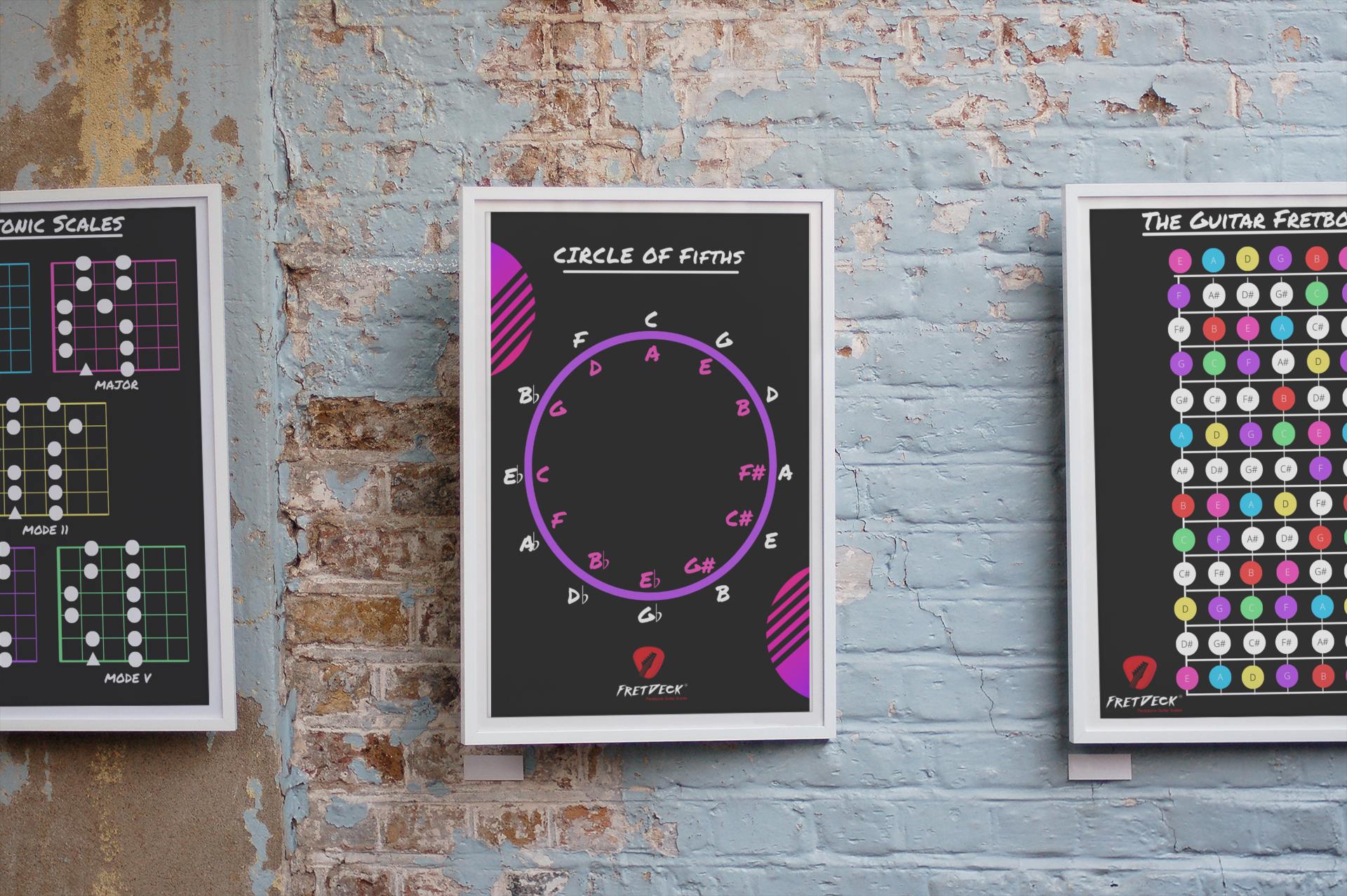
Download FREE Guitar Charts!
We have 27 FREE guitar charts to help you learn the guitar fretboard. Learn How to play chords and scales with these free resources.
Free Guitar Resources
Warming Up for Better Rhythm Playing
Every great guitarist knows the importance of warming up. A proper warm-up prepares your hands, sharpens your timing, and gets you locked into the groove before diving into practice.
1. The 12-Bar Blues Warm-Up
The 12-bar blues is one of the best ways to get started. Its repetitive structure allows you to focus on consistency and timing. Here’s a simple pattern in E:
E7 – E7 – E7 – E7
A7 – A7 – E7 – E7
B7 – A7 – E7 – B7
Start with steady downstrokes and a metronome set to a slow tempo. Once it feels natural, experiment with upstrokes, syncopated rhythms, or adding light accents to certain beats.
2. Tap and Clap Without Your Guitar
Clapping rhythms or tapping your foot might seem basic, but it’s a proven way to internalize timing. Try clapping along with a metronome or drum track. Once you can stay locked into the beat, transfer that rhythm to your guitar.
Strumming Techniques for Better Groove
Strumming is at the heart of rhythm guitar. While many players focus on chords, the way you strum can completely change the feel of a song.
1. Start Simple: The 4/4 Strumming Pattern
One of the best beginner patterns is this classic 4/4 groove:
Down – Down – Up – Up – Down – Up
Practice it slowly, focusing on keeping your hand loose and fluid. Use a metronome or backing track to stay in time. Once you’re confident, try speeding up or adding small accents to certain strums.
2. Feel the Groove: Adding Accents
To avoid robotic strumming, focus on dynamics. For example, in the pattern above, try emphasizing the second “down” and the final “up.” This variation creates a natural pulse and makes your rhythm sound more musical.
Pro Tip: As you practice, imagine your strumming hand acting like a drumstick, creating beats with every movement.
Syncopation: The Key to Creative Rhythm Playing
Syncopation is what gives rhythm its “wow” factor. It’s all about playing off the beat, creating tension and excitement. Funk and reggae are perfect examples of how powerful syncopation can be.
1. Play the Off-Beats
Instead of strumming on the main beats (1, 2, 3, 4), try playing only on the “ands.” For example:
1 – (and) – 2 – (and) – 3 – (and) – 4 – (and)
Mute the main beats and focus on hitting the off-beats cleanly. It might feel strange at first, but it’s a game-changer for your groove.
2. Try Reggae Rhythms
Reggae music is built on syncopation. Practice playing muted downstrokes on beats 1 and 3, while emphasizing upstrokes on beats 2 and 4. It’s a great way to develop precision and feel.
Techniques to Improve Timing and Control
Good rhythm guitar playing isn’t just about your strumming hand—your fretting hand plays a crucial role too. Here are some techniques to tighten your timing and improve control.
1. Palm Muting for Dynamics
Palm muting gives you more control over your sound by dampening the strings. Rest the side of your picking hand lightly on the strings near the bridge. This technique is especially useful in rock, punk, and metal.
Exercise: Play an E5 power chord, alternating between open strumming and muted strumming. Experiment with how much pressure you apply to create different textures.

Download FREE Guitar Charts!
We have 27 FREE guitar charts to help you learn the guitar fretboard. Learn How to play chords and scales with these free resources.
Free Guitar Resources
2. Chord Clarity and Precision
Your fretting hand is key to making chords sound clean. Practice lifting your fingers slightly off the strings after strumming to create a staccato effect. This helps with timing and creates a tighter rhythm.
Overcoming Common Rhythm Guitar Practice Challenges
Challenge 1: Inconsistent Timing
Timing issues usually stem from not practicing with a metronome or backing track. If you’re rushing or dragging, a metronome will help you stay steady.
Solution: Start with simple downstrokes on each beat of the metronome. Once you’re confident, add upstrokes or more complex patterns.
Challenge 2: Stiff Strumming
Many players struggle with stiff, robotic strumming. The key is to relax your wrist and focus on the groove.
Solution: Play along with your favorite songs. Mimic the feel of the rhythm guitar and focus on keeping your strumming loose and natural.
Practicing Rhythm Guitar with Backing Tracks
One of the most effective ways to improve is by practicing with backing tracks. It simulates playing in a band and forces you to stay locked into the groove.
Where to Find Backing Tracks
- YouTube: Search for “[genre] rhythm guitar backing track” (e.g., “funk rhythm guitar backing track in A”).
- Apps: Apps like Jam Tracks or Amped offer high-quality tracks in various styles and keys.
Pro Tip: Record Yourself
Recording your practice sessions is one of the fastest ways to improve. Listening back lets you catch timing issues or spots where your groove could use more consistency.
Rhythm Guitar: A Lifelong Skill
Mastering rhythm guitar is a journey. The more you practice, the more you’ll discover about timing, dynamics, and groove. The best part? Rhythm skills translate to any genre and make you a more versatile player.
So, whether you’re strumming campfire songs or locking in with a drummer on stage, remember: rhythm is the foundation. With consistent rhythm guitar practice, you’ll not only become a better player but also someone who truly understands the heart of music.
Join the Guitar Freaks Hangout!
Want to swap tips, share videos, and connect with other passionate players? Join the Guitar Freaks Hangout on Discord! It’s the perfect place to learn, grow, and find inspiration from fellow guitarists. Let’s groove together! 🎸
If you’re looking to enhance your barre chord technique, our article on Beginner Barre Chords: How to Play Them Without the Pain offers valuable tips and exercises to help you master them comfortably.
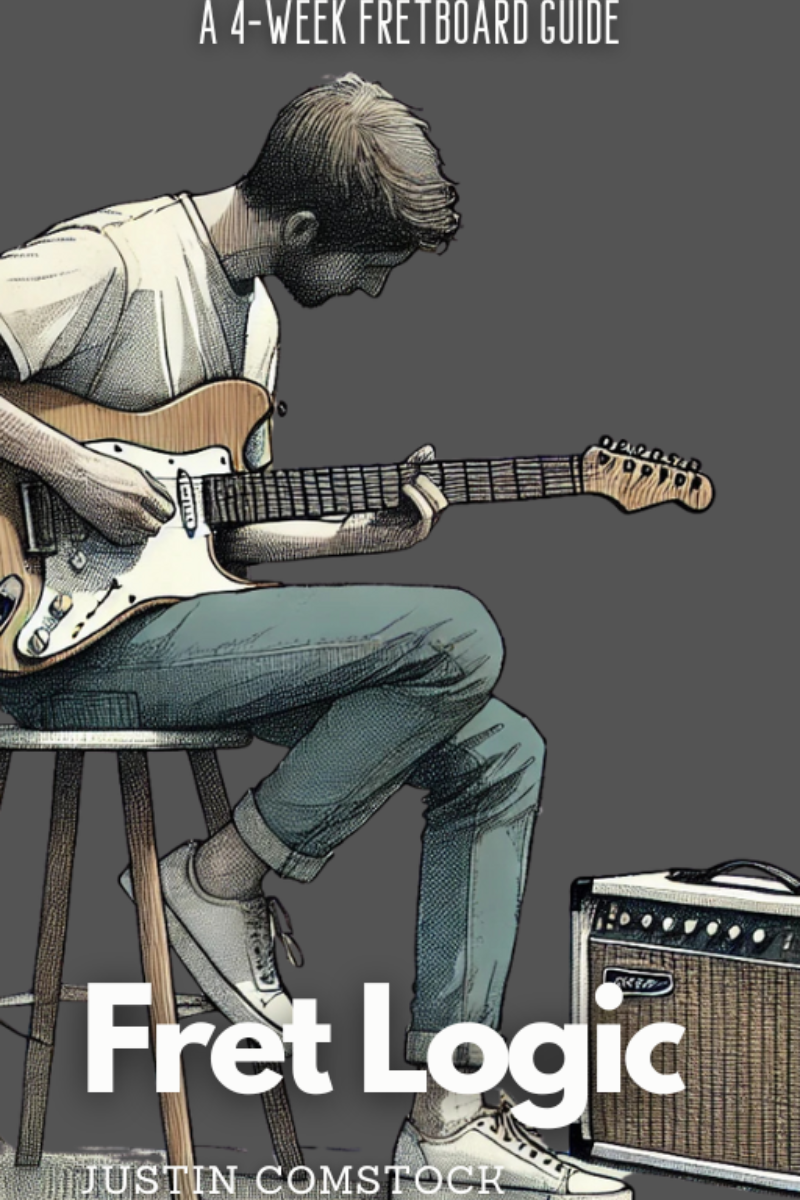
Join Guitar Freaks Hangout on Discord! 🎸
Get Fret Logic FREE!
Join the Guitar Freaks Hangout Discord and get exclusive access to my entire e-book, Fret Logic! Master the fretboard and elevate your solos with this comprehensive guide.
👉 Don’t miss out—join now and download your free copy!
